It previously was on the market for a total of 386 days.
386 days on Market
Pricing History
Certain content is available only to members.
There's no obligation.
Previous Photos & Floor Plan
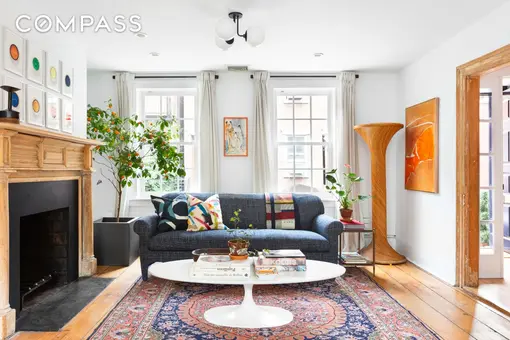
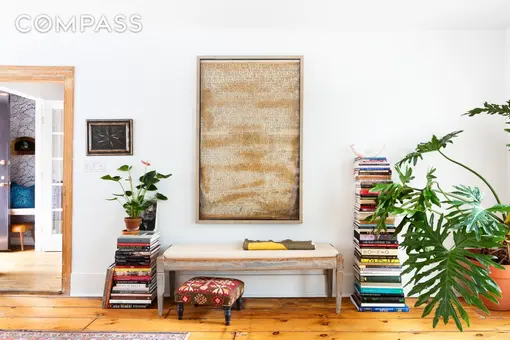
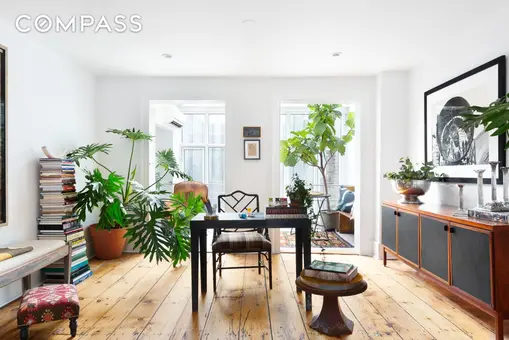
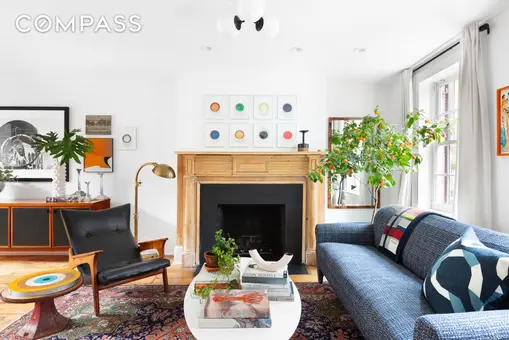
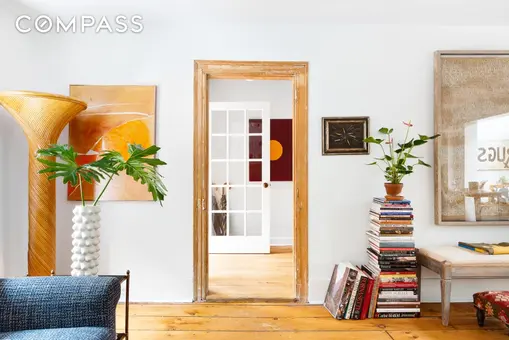
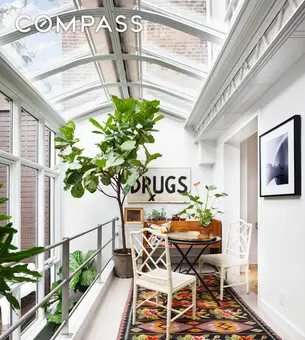
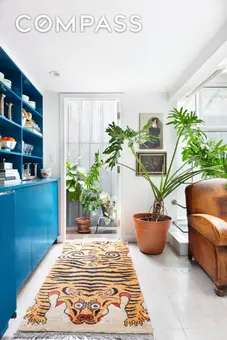
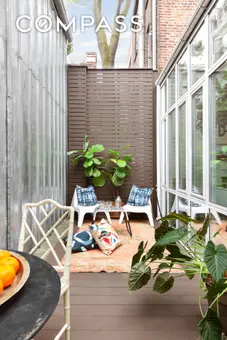








Townhouse Facts
-
Minimum Down: 20%Listed: May 12, 2019Last Price Change: ($150,000) on Jun 12Days on Market: 386Building Type: TownhouseNeighborhood: West Village (Manhattan)
Est. Monthly Mortgage:
-
Mortgage calculator
Total Est. Monthly Carrying Cost:
$26,293
Note: the above is based on a down payment of 20% ($990,000),
which is the minimum amount permitted by the building.
Description
West Village Townhouse
History
Located in the Greenwich Village Historic District, 41 Barrow Street is a late Federal-style rowhouse, built in 1828 by Charles Oakley, a well-to-do attorney, real estate developer and landlord who commissioned seven homes on the block from 1826-1828.
In the original 1969 landmarks designation report, 41 Barrow Street is described as a "two and one-half storied wood building with [a] brick front in Flemish bond, steeply pitched roof and dormer window". In the 20th century, a greenhouse conservatory was added to extend both the house's English basement and parlor floor.
Layout & Features
The primary entrance to this charming 21 footer is via a stoop at the parlor level. The living room and a greenhouse conservatory space are located on this floor, where the house's rear patio is also accessed.
In the English basement, the chef's kitchen, skylit dining area and a secondary bedroom and bathroom are found.
The kitchen features custom wood cabinetry, a SubZero refrigerator, and a Miele dishwasher and stove. This floor can be separately accessed from a secondary entrance under the building's stoop.
Setback from the parlor floor, the house's second floor features what has traditionally been used as the master bedroom and bathroom, where the washer/dryer is housed. On the third floor, a lofty skylit third bedroom and bathroom are located.
Additional features of 41 Barrow Street include original wide plank pine floors, as well as a working fireplace in the living room and two decorative fireplaces; two of the house's wood mantels are circa 1828.
Some modern additions to the space include central air conditioning, and a Nest Thermostat system.
Neighborhood
The West Village is considered one of the most desirable neighborhoods in the country. Established before the Manhattan grid was firmly rooted, the West Village has the ambling charm of a European city with an artistic, political and architectural history that is uniquely and decidedly American.
Today this area is prized for its numerous beloved buildings, restaurants, boutiques and coffee shops--as well as its proximity to all things downtown, including the West Side bike and running paths, Washington Square Park and Lower Fifth Avenue.
History
Located in the Greenwich Village Historic District, 41 Barrow Street is a late Federal-style rowhouse, built in 1828 by Charles Oakley, a well-to-do attorney, real estate developer and landlord who commissioned seven homes on the block from 1826-1828.
In the original 1969 landmarks designation report, 41 Barrow Street is described as a "two and one-half storied wood building with [a] brick front in Flemish bond, steeply pitched roof and dormer window". In the 20th century, a greenhouse conservatory was added to extend both the house's English basement and parlor floor.
Layout & Features
The primary entrance to this charming 21 footer is via a stoop at the parlor level. The living room and a greenhouse conservatory space are located on this floor, where the house's rear patio is also accessed.
In the English basement, the chef's kitchen, skylit dining area and a secondary bedroom and bathroom are found.
The kitchen features custom wood cabinetry, a SubZero refrigerator, and a Miele dishwasher and stove. This floor can be separately accessed from a secondary entrance under the building's stoop.
Setback from the parlor floor, the house's second floor features what has traditionally been used as the master bedroom and bathroom, where the washer/dryer is housed. On the third floor, a lofty skylit third bedroom and bathroom are located.
Additional features of 41 Barrow Street include original wide plank pine floors, as well as a working fireplace in the living room and two decorative fireplaces; two of the house's wood mantels are circa 1828.
Some modern additions to the space include central air conditioning, and a Nest Thermostat system.
Neighborhood
The West Village is considered one of the most desirable neighborhoods in the country. Established before the Manhattan grid was firmly rooted, the West Village has the ambling charm of a European city with an artistic, political and architectural history that is uniquely and decidedly American.
Today this area is prized for its numerous beloved buildings, restaurants, boutiques and coffee shops--as well as its proximity to all things downtown, including the West Side bike and running paths, Washington Square Park and Lower Fifth Avenue.
All content above are visible to screen reader users, so you may ignore the show more button below.
Building Amenities
- Pre War
 6sqft delivers the latest on real estate, architecture, and design, straight from New York City.
6sqft delivers the latest on real estate, architecture, and design, straight from New York City.
